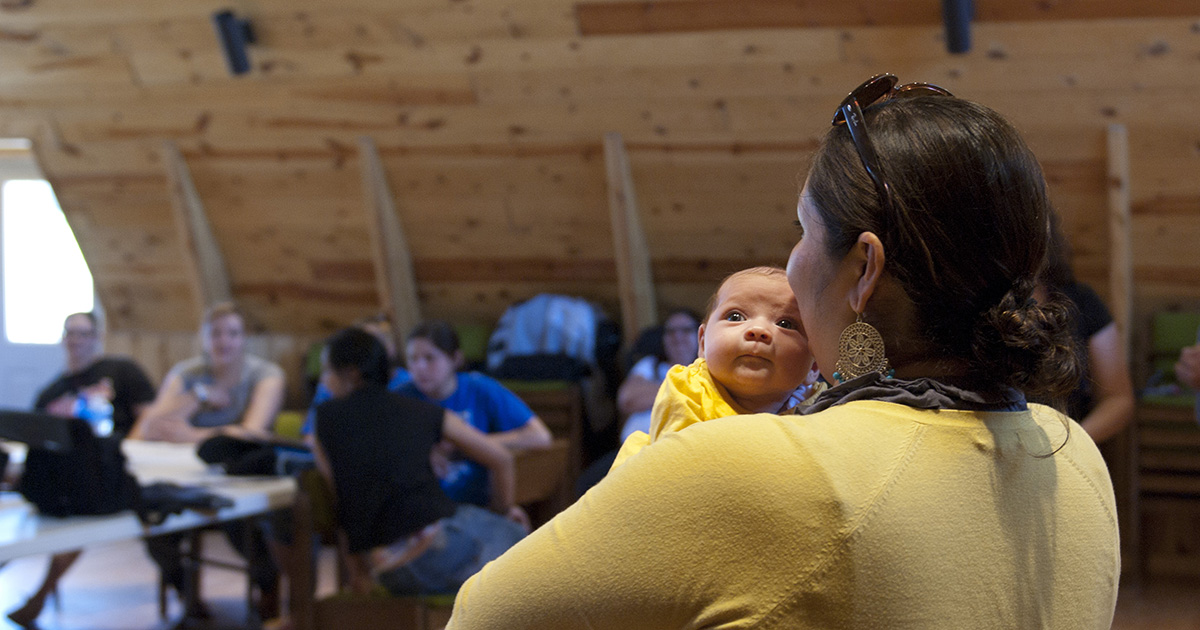An Early Look at Families and Local Programs in the Mother and Infant Home Visiting Program Evaluation-Strong Start
Third Annual Report

The Mother and Infant Home Visiting Program Evaluation-Strong Start (MIHOPE-Strong Start) is the largest random assignment study to date to examine the effectiveness of home visiting services on improving birth outcomes and infant and maternal health care use for expectant mothers. The study includes local home visiting programs that use one of two national evidence-based models that have been effective at improving birth outcomes: Healthy Families America (HFA) and Nurse-Family Partnership (NFP). Sponsors of the study are the Center for Medicare and Medicaid Innovation (CMMI) of the Centers for Medicare and Medicaid Services (CMS); the Office of Planning, Research and Evaluation (OPRE) in the Administration for Children and Families (ACF); and the Maternal and Child Health Bureau (MCHB) of the Health Resources and Services Administration (HRSA). MDRC is conducting the study in partnership with James Bell Associates, Johns Hopkins University, Mathematica Policy Research, and New York University.
This report presents an early examination of the baseline characteristics of families and local home visiting programs in the study. Specifically, the report presents descriptive information on 1,221 families for whom data are available, representing about 40 percent of the final sample, and discusses select characteristics of the local programs participating in the study. To provide context for understanding the types of families and local programs described, the report also details the process by which the study team recruited local programs for participation.
-
A total of 67 local home visiting programs across 17 states are contributing to this analysis and will be included in the final report. The MIHOPE-Strong Start program recruitment team employed a structured process over two years to recruit 20 programs into the study. An additional 47 HFA and NFP programs in a companion study called the Mother and Infant Home Visiting Program Evaluation (MIHOPE) are also included in the analysis.
-
Families enrolled in the study tend to face a number of challenges, especially as expectant parents. The average participant, at the time of study entry, was young (half were under age 21), and one in two reported experiencing food insecurity in the past year. About 40 percent reported symptoms of depression or anxiety. Only 8 percent of the sample reported smoking during pregnancy, although 20 percent reported that smoking occurred in the home, which indicates potential fetal exposure to secondhand smoke.
-
The local programs serving these families are putting a high priority on outcomes that are relevant for improving infant and maternal health, and they have the implementation system supports in place to carry out their service plans. Notable areas where local programs differed
include intended caseload sizes; policies on screening for mental health, substance use, and intimate partner violence; and policies for providing education and support when problems are
detected. These differences may affect actual services delivered, which is an issue that will be explored in the final report.
This report lays the groundwork for the final report, which will examine how local program implementation processes predict actual service delivery, describe impacts of home visiting on family outcomes, and include results from cost analyses when possible.







